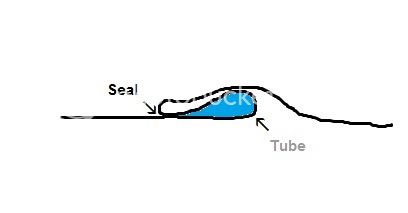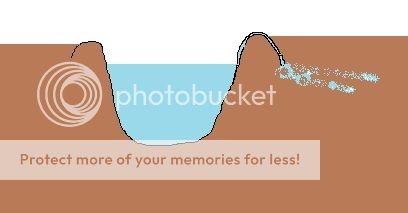crsublette
coyotes call me Charles
Randy, Total salinity in pond water is the sum of all of the mineral salts (ions) in solution. General Hardness is essentially the level of Calcium and Magnesium salts (ions) in solution. GH is a percentage of total salinity.
Only true in the very broadest sense of the term, "salinity", When no context is defined, "salinity" truly becomes a catch all term for almost all available ions present in the water. Generally, when salinity is talked about in our context or in the context of what is fresh or brackish or ocean water, then the context appears to have a focus on sodium salinity rather than "general hardness" salinity. I don't see how using the "salinity" term in this "catch all" manner is particularly helpful.
@Meyer Jordan Can you hyperlink reference me a single salinity test kit that can be used for salts involving calcium/magnesium as well as sodium and chloride?

 Answer me this, if water hardness is simply the amount of salt dissolved in the water, what is the difference between
Answer me this, if water hardness is simply the amount of salt dissolved in the water, what is the difference between 


